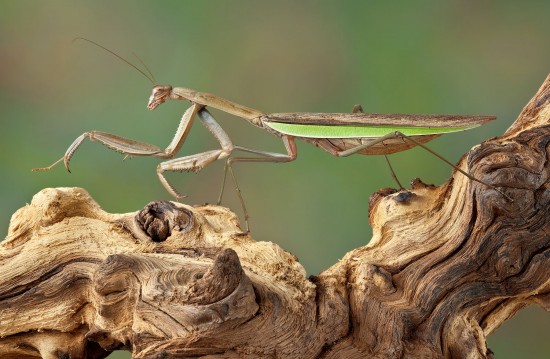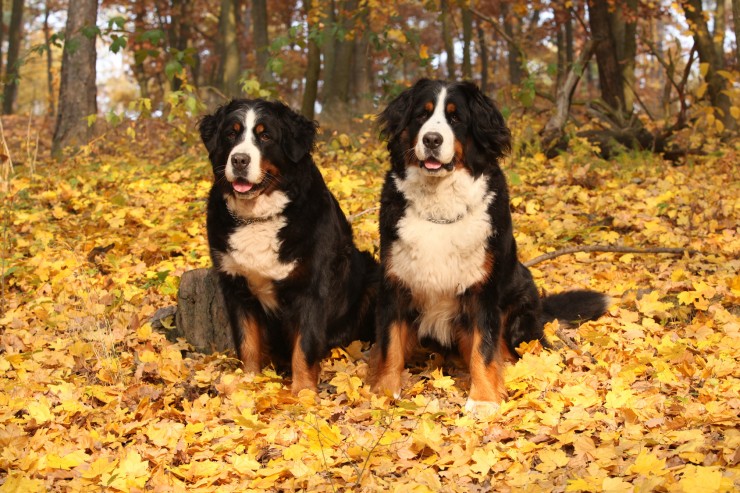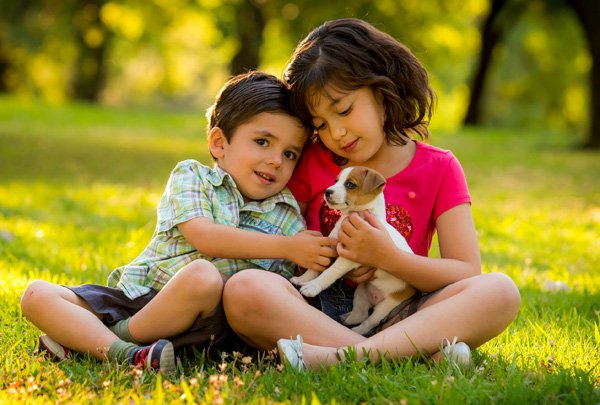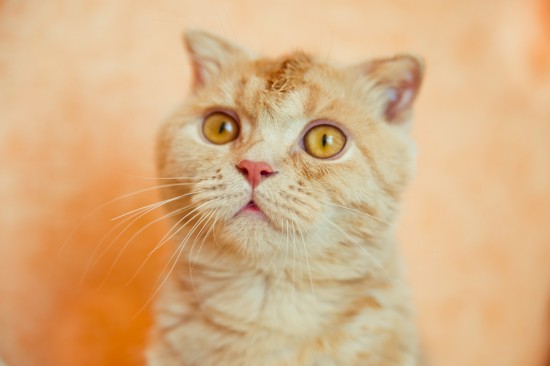
Barn Owl Description
You can easily identify the Barn Owl from other species due to the design of their face. They have a heart shaped face while all other species have a round face. They also have a middle claw that is serrated on their feet. They are very light brown in color and are only about 22 inches tall when they are fully mature. They have a wing span that is about 45 inches. The front of them is white in color.
You will notice that they have one ear that is higher up than the other one. This offers them a type of three dimensional radar system. They do have amazing sight but they definitely depend on their hearing more.
Barn Owl Distribution
The Barn Owl is found throughout the United States. While they can live in all types of climates, they tend to like the warmer weather. This is why California is the prime setting to find them. They tend to live in the open areas and the densely wooded areas. In recent years it has been introduced to areas of Hawaii through conservation efforts. They seem to do well around ocean islands as well.
Barn Owl Behavior
The Barn Owl offers a variety of different sounds. Among them you will hear hisses, whistling sounds, and even what sounds like snoring. They are able to fly silently due to the design of their wings. This gives them a huge advantage over the prey they happen to be stalking.
Barn Owl Diet and Feeding
There are plenty of types of prey out there that make for the food of the Barn Owl. They include rodents like mice, rats, and shrew, rabbits, other types of birds, and insects. They are excellent hunters and can find their prey in complete darkness. They can pick up on the faint sound of mice scurrying and other low sounds that their prey release as they move.
Barn Owl Reproduction
The will make a variety of sounds in order to attract a mate. They will create a nest from March through May for the eggs to be placed in. The incubation period is about 33 days and the couple will work as a team to protect them. Once the young are born the will both bring food to them.
These young Barn Owls can consume their own weight in food each day. So by the time they are ready to leave the nest at 12 weeks of age the parents are exhausted from the hunting and feeding efforts.
Barn Owl Conservation
The Barn Owl does have a large population but that doesn't mean that their natural habitat hasn't been disturbed out there. This is why you will that there are efforts in place to help protect the natural environment for it. There are also efforts in place to help relocate them to areas where they are less likely to be disturbed.
These owls seem to do very well when it comes to nesting boxes. They are put out in various areas to help them have a place where they can mate and lay their eggs. This is very important when you are talking about areas where their natural environment has been stripped away.
Many farmers use these nesting boxes in order to be able to attract Barn Owls. They do so in order to naturally be able to keep pests like mice from destroying their crops or getting into their homes. By welcoming these owls they are a natural way to control such problems. It also offers them a new habitat that they can adjust to. When the young owls are looking for their own territory it can be difficult due to the small areas that remain for them in the wild.
 If Dogs Love Swimming, How Come They Hate Being Bathed?
If Dogs Love Swim
If Dogs Love Swimming, How Come They Hate Being Bathed?
If Dogs Love Swim
 Is A Praying Mantis The Right Pet For You?
Is A Praying Mant
Is A Praying Mantis The Right Pet For You?
Is A Praying Mant
 Dogs Copy Other Dog’s Behaviour - Good And Bad!
Dogs Copy Other D
Dogs Copy Other Dog’s Behaviour - Good And Bad!
Dogs Copy Other D
 The Ideal Chicken Houses for Your Hens at Cost Effective Prices
The Ideal Chicken Houses for Your Hens at Cost Effective P
The Ideal Chicken Houses for Your Hens at Cost Effective Prices
The Ideal Chicken Houses for Your Hens at Cost Effective P
 Unusual And Rare Cat Breeds
Unusual And Rare
Unusual And Rare Cat Breeds
Unusual And Rare
Copyright © 2005-2016 Pet Information All Rights Reserved
Contact us: www162date@outlook.com